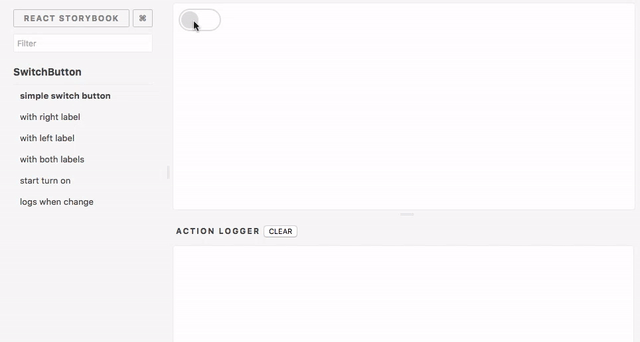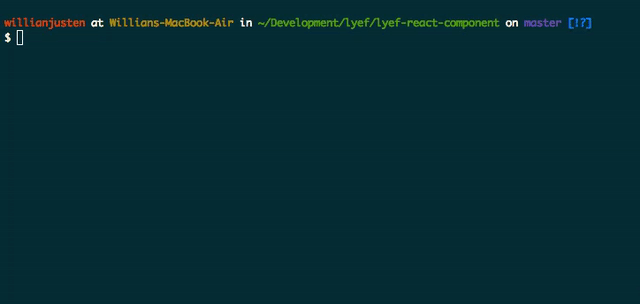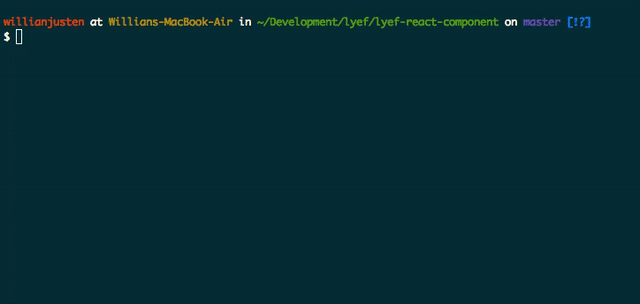You’ll need to have Node >= 4 on your machine. We recommend to use Node >= 6 and npm >= 3 for faster installation speed and better disk usage.
├── css
│ └── main.css
├── src
│ └── Main.js
├── stories
│ └── Main.js
├── storybook
│ ├── config.js
│ └── webpack.config.js
├── tests
│ ├── helpers
│ │ └── setup.js
│ └── specs
│ └── Main.spec.js
├── .babelrc
├── .editorconfig
├── .eslintrc
├── .gitignore
├── .npmignore
├── .travis.yml
├── CONTRIBUTING.md
├── LICENSE.md
├── Readme.md
└── package.jsonWrite your component code on src/Main.js, you can create another files for composable components also.
import React from 'react';
import PropTypes from 'prop-types';
const Component = ({ name }) => (
<h1>Hello {name}!</h1>
);
Component.propTypes = {
name: PropTypes.string.isRequired,
};
export default Component;Stories are like behavior or states that our components should have. Such as an activated button, labels, whatever your component can change by props/states.
You can also see them as user stories for the agile development.
To understand more about that, I suggest you to read the storybook stories guide. Follow the example above:
storiesOf('Component', module)
.add('with lyef name', () => (
<Component name="lyef" />
))
.add('with another name', () => (
<Component name="another" />
))Every new story will be available on the left side panel of React Storybook to see different cases.
Just use npm start, Runs the app in development mode.
Open http://localhost:9001 to view it in the browser.
The page will reload if you make edits and you will see the build errors and lint warnings in the console.
We encourage everyone to write tests to your components, this can help us to create a more maintainable and free of bugs component. To do that, we create 3 tasks:
npm test: run your tests in a single-run mode.npm run test:tdd: run and keep watching your test files.npm run test:coverage: prints and create html files by istanbul coverage.
In order to keep your code clean and consistent we use eslint with Airbnb preset. We have 2 tasks for this:
npm run lint: lint all files searching for errors.npm run lint:fix: fix automaticaly some lint errors.
You can deploy your component (inside Storybook) to github pages running the command npm run deploy-storybook.
We believe that start to code shouldn't be hard, so you don't need to concern about configurations and tools, just create your pretty stuff. With this structure, your environment will have everything you need to build a modern React Component:
- React, JSX and ES6 support with Babel.
- A dev server with live reload
- Stack for tests
- Linters
- A build script to compile and minify for production
React Storybook - to tell stories with different behaviors of the component and provide an example page.
- EditorConfig - standardize some general settings among multiple editors
- ESLint - for reporting the patterns of code
- Airbnb JavaScript Style Guide
- Plugins



